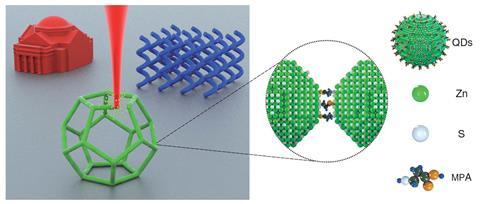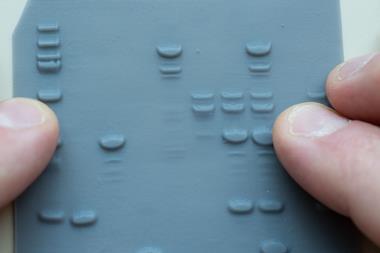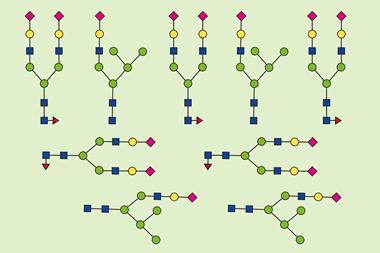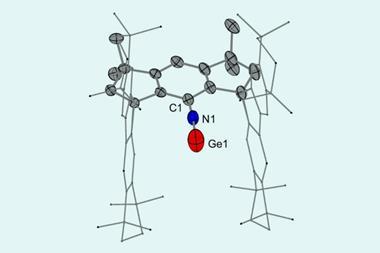Quantum dots have been turned into a 3D printer ink by researchers in China. The technique could be used to make advanced light-emitting devices or photodetectors.

3D printing offers new ways to make all sorts of different products, but the technique generally relies on traditional polymers. Many researchers hope that incorporating inorganic materials into 3D printer ink could make it possible to print more functional products with advanced electronic and optical properties. While some methods do exist where hybrids of organic and inorganic materials can be used in 3D printing, the organic components can reduce electronic conductivity and thermal stability.
Now, a team of researchers led by Hong-Bo Sun from Tsinghua University in Beijing, has developed a laser-based method to print 3D objects using semiconductor quantum dots. These quantum dots are nanocrystals that feature a cadmium selenide core and a zinc sulfide shell, capped with 3-mercaptopropionic acid ligands. When two photons are absorbed within a very small volume by a single nanocrystal its surface chemistry changes and leads to the formation of bonds between the quantum dots.

This allowed Sun’s team to fabricate numerous light-emitting nanoscale designs, including Tsinghua University’s badge and buildings from the university campus. The researchers believe that their photoexcitation-induced chemical bonding technique could soon be applied to other types of nanomaterials.
References
S-F Liu et al, Science, 2022, DOI: 10.1126/science.abo5345

















No comments yet